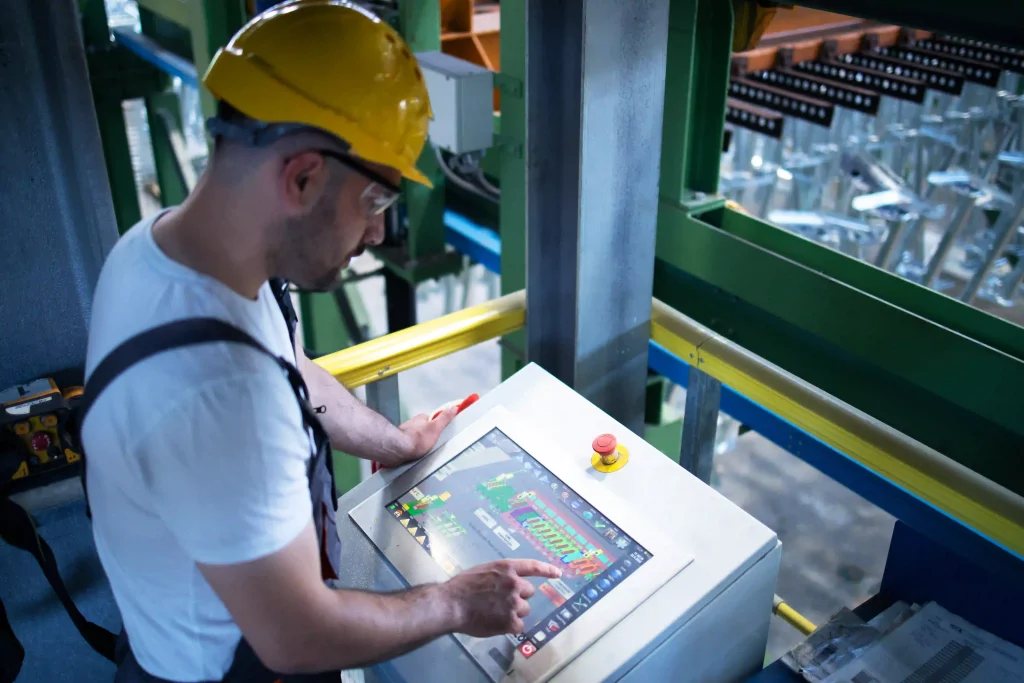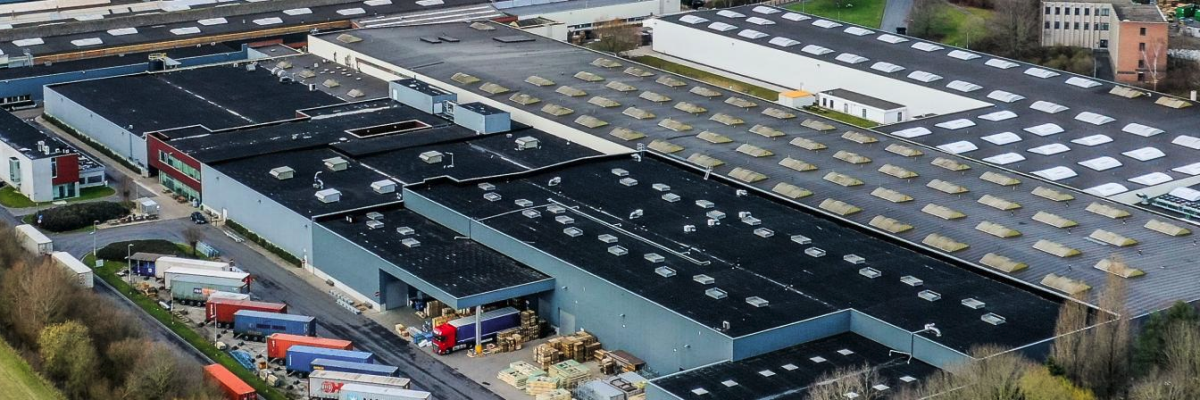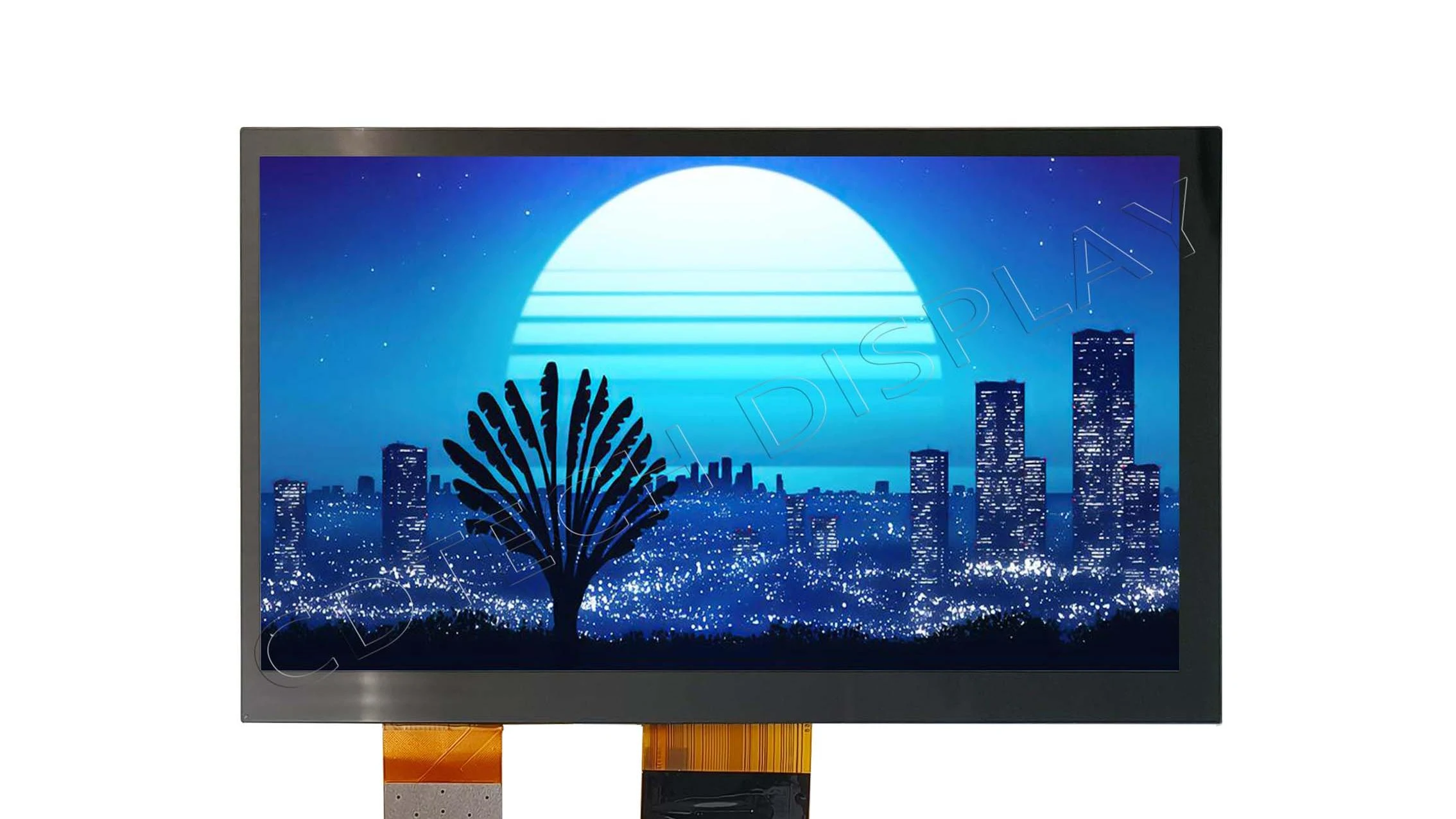Resistive vs Capacitive Touch Panels: Which Is Right for You?

Key Differences Between Resistive and Capacitive Touch Panels
How Resistive Touch Panels Work
Painéis de toque resistivos rely on pressure. They have several layers. Two conductive layers are separated by a small gap. When you press the surface, these layers touch. This completes a circuit. The system then detects the touch point. These panels are simple and cost-effective. They suit tasks needing basic touch features.
How Capacitive Touch Panels Work
Painéis de toque capacitivos use the body’s electrical properties. They have a conductive layer. This layer reacts to a finger or capacitive stylus. The touch changes the electrostatic field. Sensors detect this change and process the input. Capacitive panels are known for their sensitivity. They also support multi-touch gestures.
Comparing Sensitivity and Precision
Capacitive touch panels are more sensitive than resistive ones. They detect light touches. They also handle multi-touch gestures well. This makes them perfect for devices like smartphones and tablets. Resistive panels are less sensitive. But they offer better precision with a stylus or pointed objects.
Durability and Environmental Suitability
Resistive touch panels are tougher in harsh settings. Dust or water affects them less. Capacitive panels are more sensitive to environmental factors. However, they can be tailored for special features. For instance, CDTech offers capacitive panels with waterproofing or glove support.

Applications of Resistive and Capacitive Touch Panels
Common Uses for Resistive Touch Panels
Resistive panels are popular in Configurações industriais. You find them in ATMs, medical devices, and kiosks. Durability and low cost are key here. They work well with styluses or gloved hands. This suits environments needing high accuracy.
Popular Applications of Capacitive Touch Panels
Capacitive panels lead in consumer electronics. They are used in smartphones, tablets, and laptops. Their sleek design and quick response are ideal. They support multi-touch gestures. CDTech’s 10.1-inch IPS display with capacitive touch offers vibrant visuals. It’s great for vehicle infotainment systems.
Industry Preferences for Different Touch Panel Types
Healthcare often chooses resistive panels. They ensure precision in sterile settings. The automotive industry prefers capacitive panels. These offer multi-touch and waterproof features.

Factors to Consider When Choosing a Touch Panel
Cost Implications of Each Technology
Resistive touch panels are cheaper. Their simple design lowers costs. Capacitive panels cost more. But their advanced features justify the price for high-performance needs.
User Interface Experience and Requirements
For apps needing quick response and multi-touch, capacitive technology is better. For tasks needing precise inputs with styluses or gloves, resistive panels work well.
Maintenance and Longevity Considerations
CDTech stresses proper care for its Produtos LCD. Avoid touching FPC gold fingers to prevent oxidation. Store products in suitable conditions. This ensures they last longer.
Insights into CDTech and Its Product Offerings
Overview of CDTech’s Expertise in Touch Panel Solutions
CDTech excels in high-quality touch panel solutions. They tailor products to varied needs. Their options include thick cover glass, waterproofing, glove support, and active/passive pens. They also offer various IC solutions.
Customization Options Offered by CDTech
CDTech designs G+G or GFF structures. They support USB/IIC interfaces. This ensures compatibility for industrial controls and automotive systems.
Quality Standards Maintained by CDTech
CDTech meets strict reliability standards. Their products are durable. They withstand tough conditions like extreme temperatures.

Other Innovative Products from CDTech
LCD Display Solutions
CDTech offers sunlight-readable IPS displays. These have high brightness levels. They ensure clear visibility outdoors.
OLED Display Technologies
CDTech also explores OLED technologies. These promise richer colors and deeper contrasts for advanced display needs.
Perguntas frequentes
Q: What is the main difference between resistive and capacitive touch panels?
A: Resistive panels use pressure-based input with any object or stylus. Capacitive panels detect electrostatic field changes from a finger or special stylus.
Q: Are capacitive touch panels suitable for outdoor use?
A: Yes, especially with features like waterproofing or high brightness. CDTech provides these options.
Q: Which type of panel is more durable in industrial settings?
A: Resistive panels are often chosen. They resist dust and water better.
Q: Can capacitive screens work with gloves?
A: Yes, some can be tailored for glove use. CDTech offers this feature.
Q: How does CDTech ensure product longevity?
A: They recommend proper storage. Avoid high humidity or extreme temperatures.


 2025-05-23
2025-05-23  11:50
11:50 
